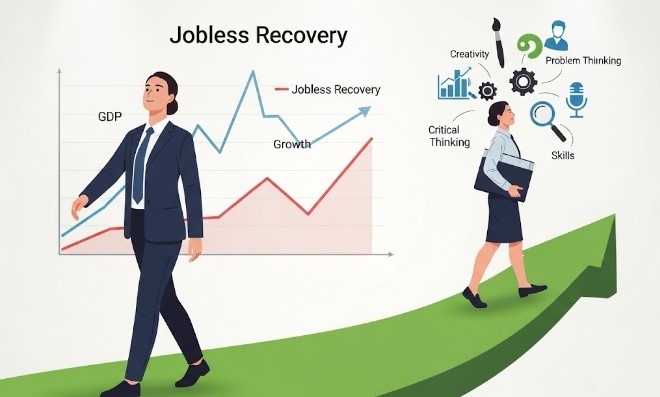In a world overwhelmed by consumption and clutter, financial minimalism offers a powerful solution. In 2025, this lifestyle is more relevant than ever—helping people simplify their finances, reduce stress, and live with greater clarity and purpose. Financial minimalism isn’t about deprivation; it’s about aligning spending with what truly matters.
What Is Financial Minimalism?
Financial minimalism is the practice of simplifying your financial life by cutting out unnecessary expenses, streamlining your money systems, and focusing on intentional spending and saving. It’s about doing more with less—and feeling better about it.
Benefits of Financial Minimalism in 2025
- More savings: Less mindless spending means more money for goals and investing.
- Less stress: Fewer bills, fewer decisions, and cleaner finances.
- Greater clarity: You gain a sharper understanding of what brings real value to your life.
1. Simplify Your Financial Accounts
Close unused bank accounts and consolidate credit cards. Use one primary checking and one savings account, along with a simplified investing app or brokerage.
- Example: Use apps like Personal Capital or Mint to link all accounts and manage everything from one dashboard.
2. Declutter Subscriptions and Recurring Charges
Review all automatic payments and cancel those you don’t use or need. Services like Truebill or Rocket Money can help identify forgotten subscriptions.
3. Buy Less, But Better
Minimalists choose quality over quantity. Instead of chasing trends, they invest in timeless, durable items that serve a real purpose.
- Example: Buying one high-quality winter coat instead of three trendy ones every season.
4. Practice Intentional Spending
Before spending, ask: “Does this add long-term value to my life?” This helps eliminate emotional and impulse purchases.
- Tip: Use a 24-hour rule for all non-essential purchases.
5. Automate and Streamline
Automate savings, debt payments, and investing to reduce decision fatigue. The fewer financial tasks you manage manually, the easier it is to stay on track.
6. Define What “Enough” Means to You
Financial minimalism is personal. Decide what “enough” means—whether it’s a monthly income goal, a simple home, or early retirement—and structure your life accordingly.
7. Live Below Your Means (By Choice)
Instead of lifestyle inflation, financial minimalists choose to live simply—even as income grows. This accelerates savings and financial freedom.
Conclusion: Minimalism Is a Path to Financial Peace
In 2025, embracing financial minimalism can help you save more, stress less, and live with intention. By simplifying how you manage and spend your money, you create space for the things that truly matter.
Your next step: Audit your subscriptions and close one unused account this week.





Leave a Reply